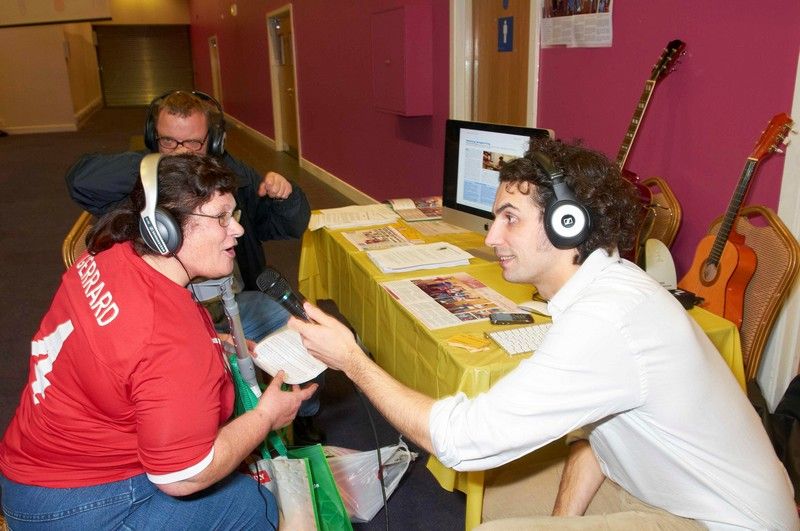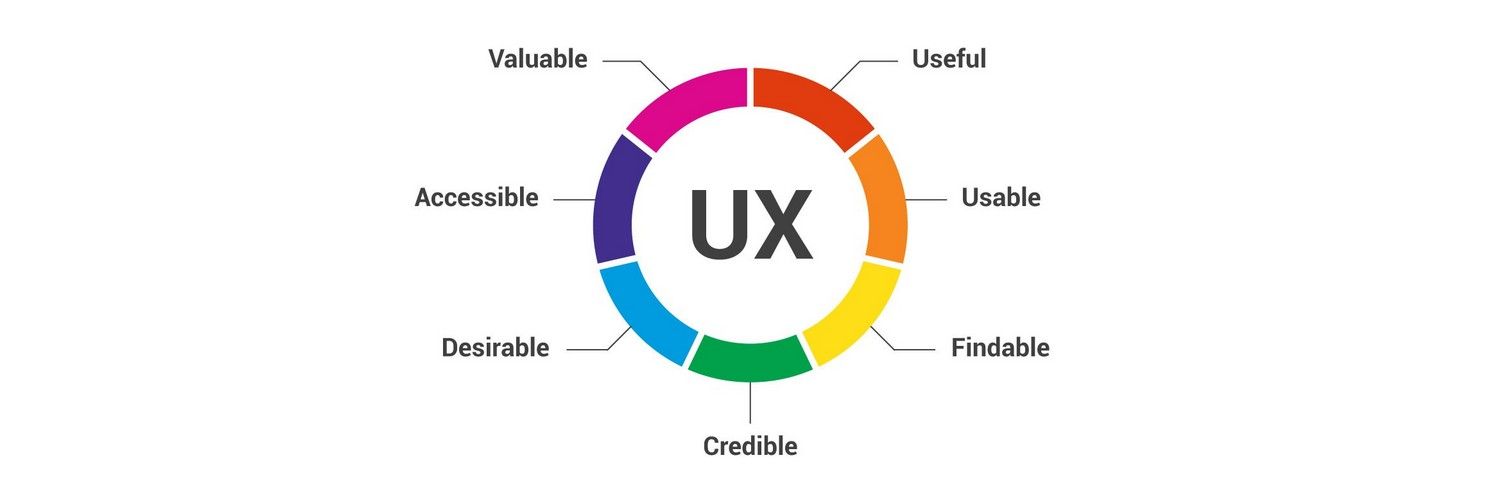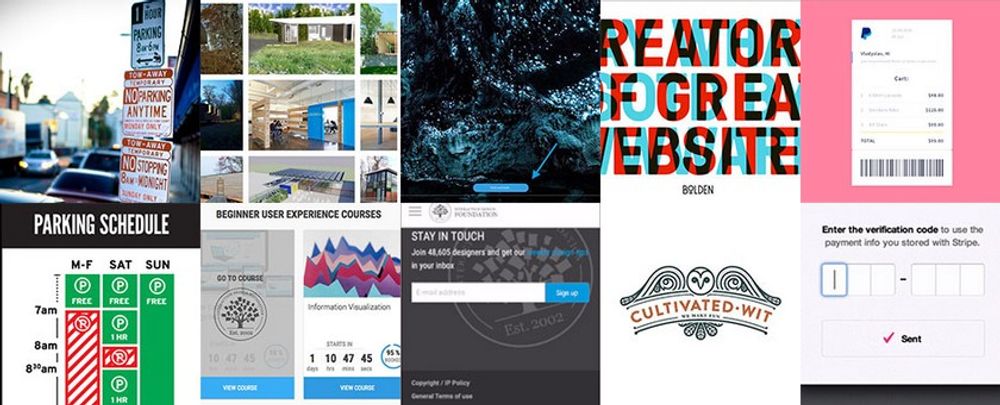User Experience (UX) is critical to the success or failure of a product in the market but what do we mean by UX? All too often UX is confused with usability which describes to some extent how easy a product is to use and it is true that UX as a discipline began with usability – however, UX has grown to accommodate rather more than usability and it is important to pay attention to all facets of the user experience in order to deliver successful products to market.
There are 7 factors that describe user experience, according to Peter Morville a pioneer in the UX field who has written several best-selling books and advises many Fortune 500 companies on UX:
Useful
Usable
Findable
Credible
Desirable
Accessible
Valuable
Let’s take a look at each factor in turn and what it means for the overall user experience:
Useful
If a product isn’t useful to someone why would you want to bring it to market? If it has no purpose, it is unlikely to be able to compete for attention alongside a market full of purposeful and useful products. It’s worth noting that “useful” is in the eye of the beholder and things can be deemed “useful” if they deliver non-practical benefits such as fun or aesthetic appeal.
Thus a computer game or sculpture may be deemed useful even if they don’t enable a user to accomplish a goal that others find meaningful.
Usable
Usability is concerned with enabling users to effectively and efficiently achieve their end objective with a product. A computer game which requires 3 sets of control pads is unlikely to be usable as people, for the time being at least, only tend to have 2 hands.
Products can succeed if they are not usable but they are less likely to do so. Poor usability is often associated with the very first generation of a product – think the first generation of MP3 players; which lost their market share to the more usable iPod when it was launched. The iPod wasn’t the first MP3 player but it was the first truly usable MP3 player.

Findable
Findable refers to the idea that the product must be easy to find and in the instance of digital and information products; the content within them must be easy to find too. If you cannot find a product, you’re not going to buy it and that is true for all potential users of that product.
If you picked up a newspaper and all the stories within it were allocated page space at random, rather than being organized into sections such as Sport, Entertainment, Business, etc. you would probably find reading the newspaper a very frustrating experience. Findability is vital to the user experience of many products.
Credible
Randall Terry said; “Fool me once, shame on you. Fool me twice, shame on me.” Today’s users aren’t going to give you a second chance to fool them – there are plenty of options in nearly every field for them to choose a credible product provider.
Credibility relates to the ability of the user to trust in the product that you’ve provided. Not just that it does the job that it is supposed to do but that it will last for a reasonable amount of time and that the information provided with it is accurate and fit-for-purpose.
It is nearly impossible to deliver a user experience if the user thinks the product creator is a lying, clown with bad intentions – they’ll take their business elsewhere instead.
Desirable
Skoda and Porsche both make cars. They are to some extent both useful, usable, findable, accessible, credible and valuable but Porsche is much more desirable than Skoda. This is not to say that Skoda is undesirable they have sold a lot of cars under that brand but given a choice of a new Porsche or Skoda for free – most people will opt for the Porsche.
Desirability is conveyed in design through branding, image, identity, aesthetics and emotional design. The more desirable a product is – the more likely it is that the user who has it will brag about it and create desire in other users.

Author/Copyright holder: slayer. Copyright terms and licence: CC BY 2.0
Accessible
Sadly, accessibility often gets lost in the mix when creating user experiences. Accessibility is about providing an experience which can be accessed by users of a full range of abilities – this includes those who are disabled in some respect such as hearing loss, impaired vision, motion impaired or learning impaired.
Design for accessibility is often seen by companies as a waste of money because the impression is that people with disabilities make up a small segment of the population. In fact, in the United States at least 19% of people have a disability according to the census data and it is likely that this number is higher in less developed nations.
That’s 1 in 5 people in the audience for your product that may not be able to use it if it’s not accessible or 20% of your total market!
It’s also worth remembering that when you design for accessibility, you will often find that you create products that are easier for everyone to use not just those with disabilities. Don’t neglect accessibility in the user experience.
Finally, accessible design is now a legal obligation in many jurisdictions including the EU and failure to deliver it may result in fines. Sadly, this obligation is not being enforced as often as it should be.

Author/Copyright holder: Birmingham Culture. Copyright terms and licence: CC BY 2.0
Valuable
Finally, the product must deliver value. It must deliver value to the business which creates it and to the user who buys or uses it. Without value it is likely that any initial success of a product will eventually be undermined.
Designers should bear in mind that value is one of the key influences on purchasing decisions. A $100 product that solves a $10,000 problem is one that is likely to succeed; a $10,000 product that solves a $100 problem is much less likely to do so.
The Take Away
The success of a product depends on more than utility and usability alone. Products which are usable, useful, findable, accessible, credible, valuable and desirable are much more likely to succeed in the market place.
References & Where to Learn More
Course: User Experience: The Beginner's Guide
The US census results for disability
Peter Morville’s original work on the 7 facets of user experience may be found here












